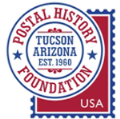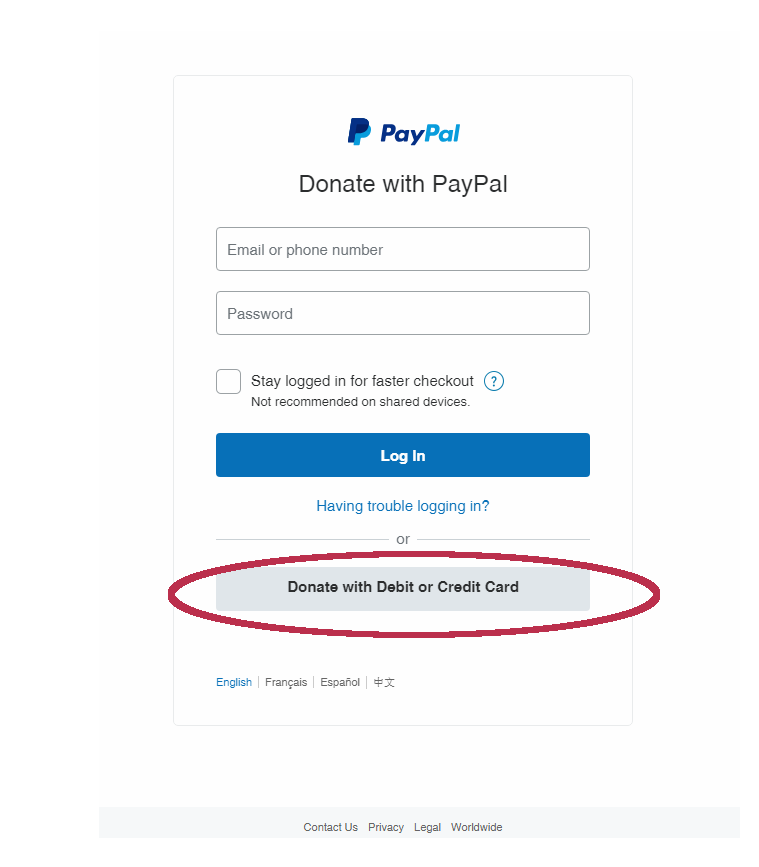
Have questions?
We’ve got answers!
Frequently asked questions
What is the Postal History Foundation?
Our mission is to connect people to postal history, philately, and the world of stamps, to inspire curiosity, and encourage the enjoyment of life-long learning. We do this through a variety of services, including cultural exhibits, education and outreach, library and research, philatelic sales, and a contract post office.
Yes! We have two buildings on our campus: the Foundation’s main building and the library building, both vital components of the Postal History Foundation. Please see our Visit us page to learn the latest.
We may not look like a traditional museum, but, yes, we do hold cultural objects in our permanent collections and we do exhibit them. We are certified by the Arizona Historical Society as a historical institution. Our main building permanently houses the old Naco post office front and authentic post office equipment dating from the Arizona territorial period through the twentieth century. Our library permanently displays paintings by Cal Peters depicting early Arizona mail delivery hazards, and also rotating exhibits in a glass case under the paintings. We also offer some online exhibits.
This answer will be written soon; in the meantime, please see our education page.
I’m a philatelist. What are your services for me?
Yes! One of our programs is our Philatelic Sales department. Our stock varies and changes constantly, as it is supplied 100% by donations. Proceeds from our sales help us fulfill our mission. Please see our philatelic store page for more information.
No, we are not allowed to provide values or appraisals for collections, nor do we provide authenticating services. If you are local, we can provide you with a list of appraisers in the area. If you are not local, try searching for stamp dealers in your area and contact them for help. Additionally, the American Philatelic Society does provide authenticating services. See their webpage for details.
For step-by-step help in researching these topics, please click here for the library’s Research Tips page.
We would love to have you join us at the Postal History Foundation! Your membership helps fund our programs and promote the hobby of philately. In return, we offer a 20% discount in our philatelic store. Please see our Membership page for more information.
I’m a novice. What are the basics?
Previous to the invention of the postage stamp (by Rowland Hill in 1840 Great Britain), letters and other mail were delivered with the promise of payment upon receipt. Some recipients complied, but others did not. In fact, senders created inventive ways to communicate without the need for payment, such as writing messages on the outside of the envelope, which the recipient would then read and hand back to the letter carrier, refusing to pay for his services. Now, we pay for the delivery service first, and the stamp on the envelope is proof that we’ve paid. To help teach this concept to kids, see the first two lessons in the Introductory section of our Downloadable Activities page.
French stamp collector Georges Herpin created the term philately using the greek root philo, which means “to love,” a (“without”), and telos (tax or toll). “Without tax” is what Herpin created to mean “stamp,” as there was no ancient Greek word for it. Atelos means the stamp itself, because when a letter has a stamp on it, the recipient does not need to pay the mail carrier. Philately, then, means love of stamps. The word philately is commonly pronounced “phil-AT-uh-lee.”
This answer will be written soon.
For step-by-step help in finding the value of your stamps, please click here for the library’s Research Tips page.
I’d like to help the Foundation. How can I do that?
For information on how to donate stamps and stamp-related items, and what we do with them, please visit our Philatelic Donations page.
Monetary gifts are very welcome and needed to help keep the Foundation going. Please see our Monetary Gifts page for more information.
Answer will be written soon.
Our outstanding volunteers are the heart of our organization! Please visit our Volunteer page for more information.


















































